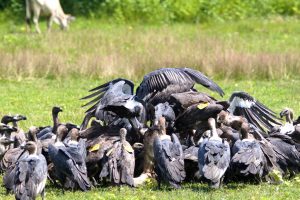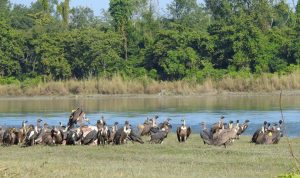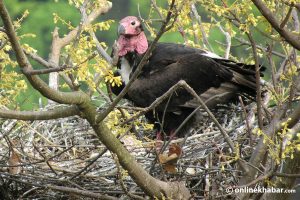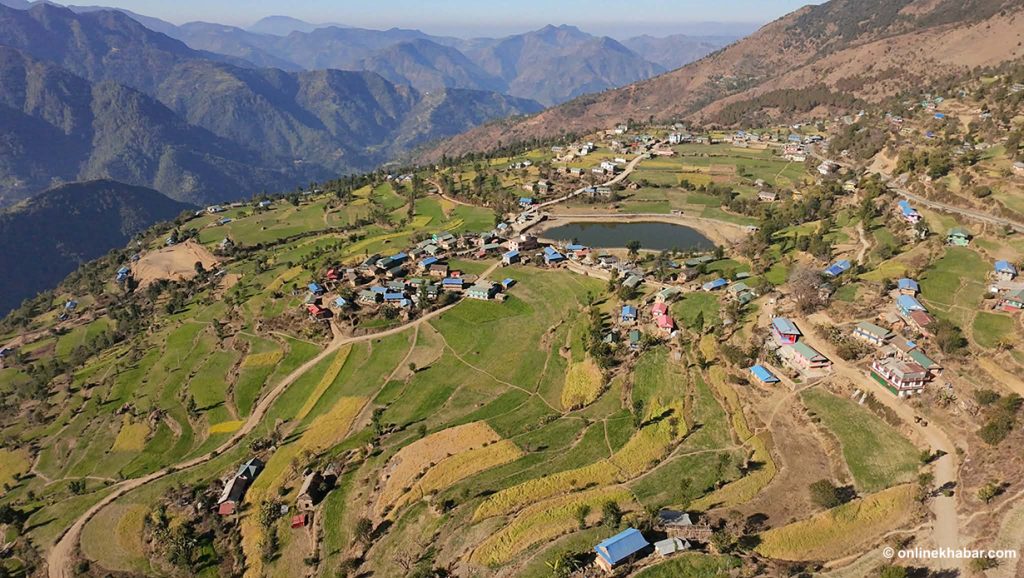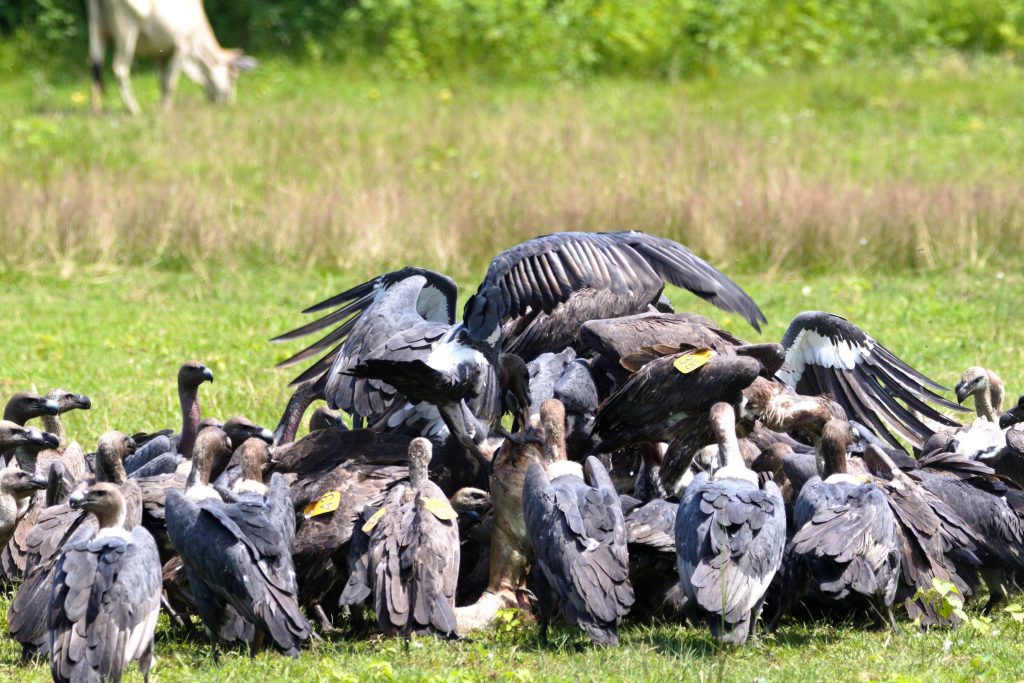
It is the universal truth that everyone dies. However, the death rituals vary according to one’s community and values. There are various kinds of death rituals and the ancient Tibetan funeral known as sky burial is one among many. It is a unique tradition as it follows an unusual but distinctive procedure.
In this tradition, the deceased human’s body is initially dismembered. Then, it is set on display in an elevated location, as an offering for the sacred vultures. This tradition is followed by people living in the trans-Himalayan region of Nepal, which includes the Humla, Jumla, Dolpa, Mustang and Manang districts.
With time changing, the practice, however, is getting rare these days.
The religious rationale for sky burial
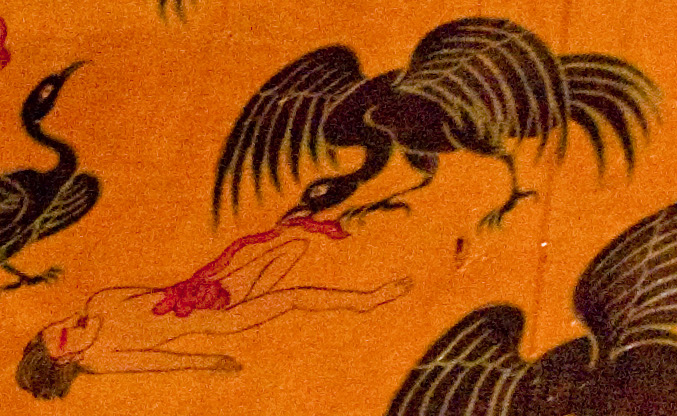
One of the reasons that the people living in the trans-Himalayan region of Nepal perform sky burial is the way they practise Buddhism.
People attempt to follow the steps of Buddha, who sacrificed his own life to save the starving tigress. Giving the corpse to the vultures is regarded as a final act of compassion and kindness. Vultures are said to carry the deceased’s soul to heaven after exposing the body to the elements and animal scavengers.
In addition, it is thought that after such a burial, a person will reincarnate as a human in their subsequent life.
The process
In this region, determining the funeral’s approach is the first action taken once someone passes away. A senior priest typically analyses a person’s birth and death dates to determine what astrological signs they belong to.
Through the use of basic astrology, they choose one of the five signs: earth, water, air, sky, or fire. After determining the sign, the person is either burnt, buried, cut and fed to fish, or chopped and fed to vultures. The corpse is initially tied up after a lama (priest) decides on the procedure, and then he starts chanting the necessary prayers.
Family members join in chanting prayers and offering their final tributes to the deceased by offering khada, a religious shawl, for farewell. Then, the priest circles the corpse thrice, and it is carried to a place specially allocated for the funeral.
Once they get to their designated location, the body breakers chop the corpse into precise pieces. The nails on the tips of the fingers are burnt with the head because they are believed to be poisonous to vultures. The lama begins to play a damaru (a musical instrument) once the offerings are prepared.
Playing damaru is an invitation for the vultures to come down and consume the offerings. If the vultures do not feed on the corpse, it is thought to be a bad omen. It suggests that the body has sinned or that the ceremonies were not carried out properly.
Changing times

Thakur Gurung of Chhusang, Mustang district, says, “One of the reasons that gave birth to this practice is a lack of enough firewood for cremation. The ground in this region is hard and rocky, which makes digging a grave quite challenging.”
The article, Vultures and People: Some Insights into an Ancient Relationship and Practice of Sky Burial Persisting in the Trans-Himalayan Region of Nepal, published by Bird Conservation Nepal in 2020, informs about the participation of vultures in the process.
A local Gyalche Bishokarma from Chhonup, who incises corpses for sky burial, thinks there are fewer vultures participating in the process now than there were 10 years ago. He states, “Bearded vultures and cinereous vultures rarely appear while Himalayan griffon is a regular participant.”
Shedding light on the benefit of sky burial, former chairman of Lomanthang rural municipality, Subarna Kumar Bista, shares, “If we could institutionalise the culture, tradition and the ritual of such community in the region, sky burial also could attract tourists.”
This practice is certain to promote tourism and become a source of survival for the vultures found in the trans-Himalayan Region of Nepal. But, according to a blog, From Recca to Mustang A Journey To The Sky Burial published in Kathmandu Films, Chhamba Dukta, a lama who performs sky burial in his village in Dolpa and in Mustang says, “It has been around 10 years since any sky burial has been practised for the last time and the villagers have settled for easier burning funerals, rather than difficult ones.”





